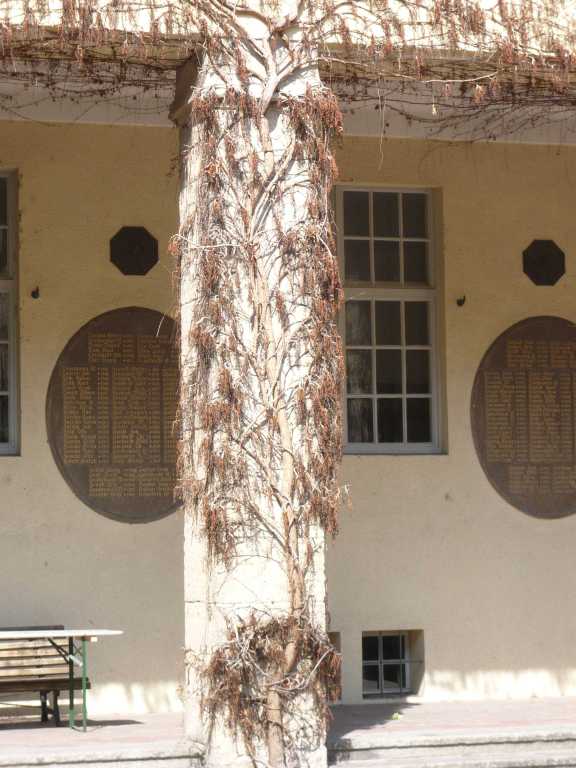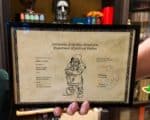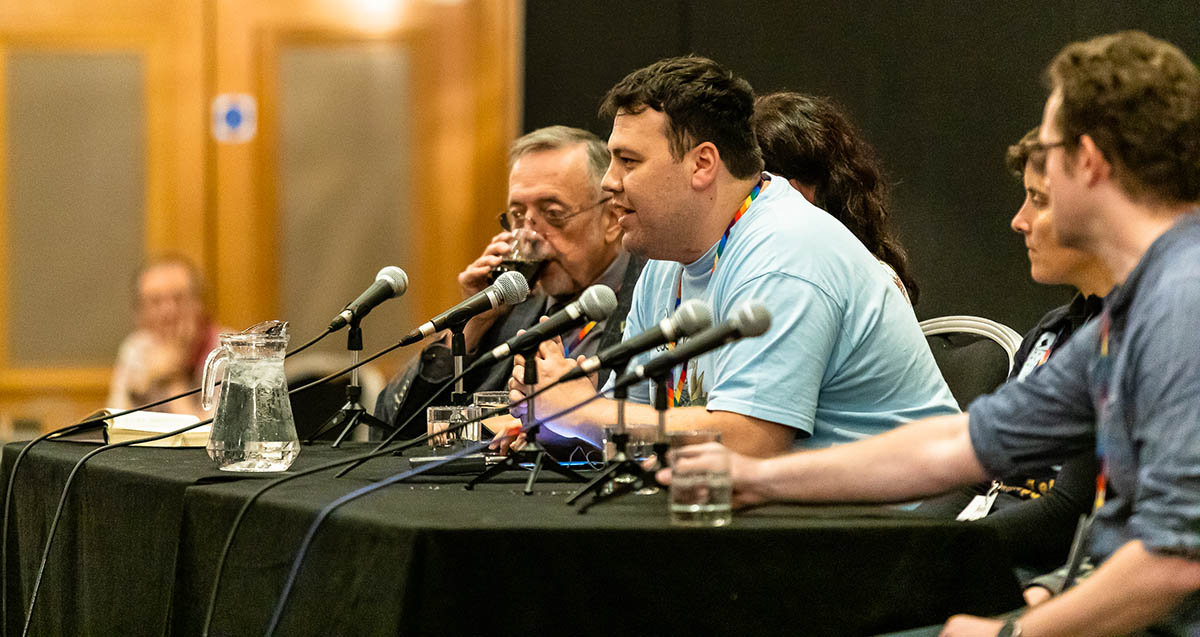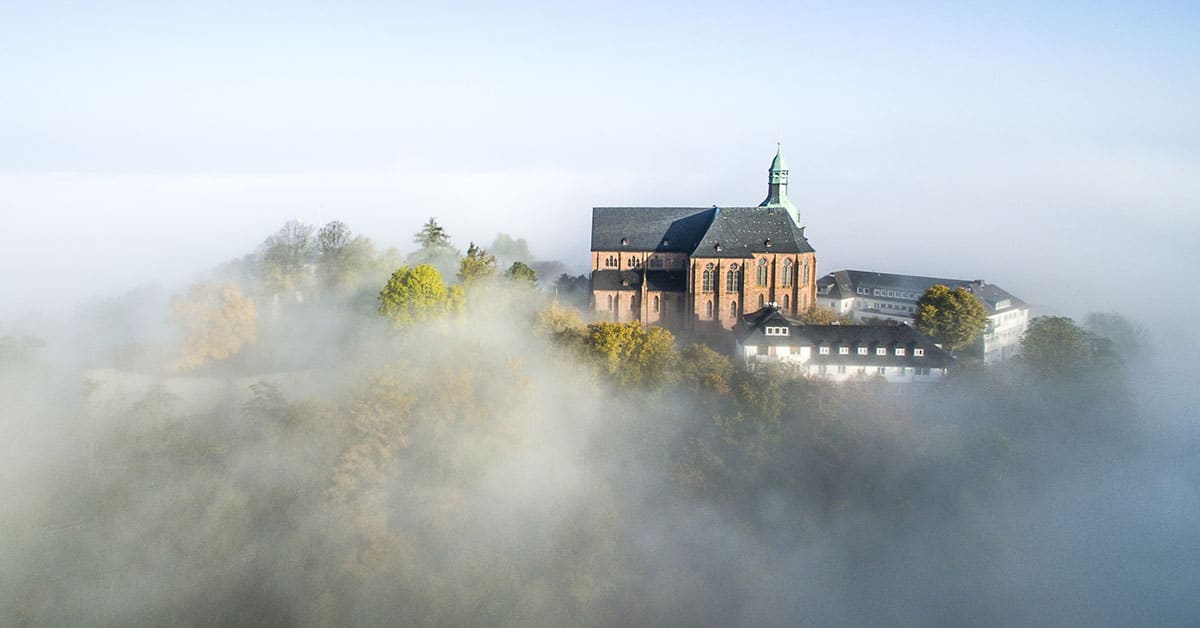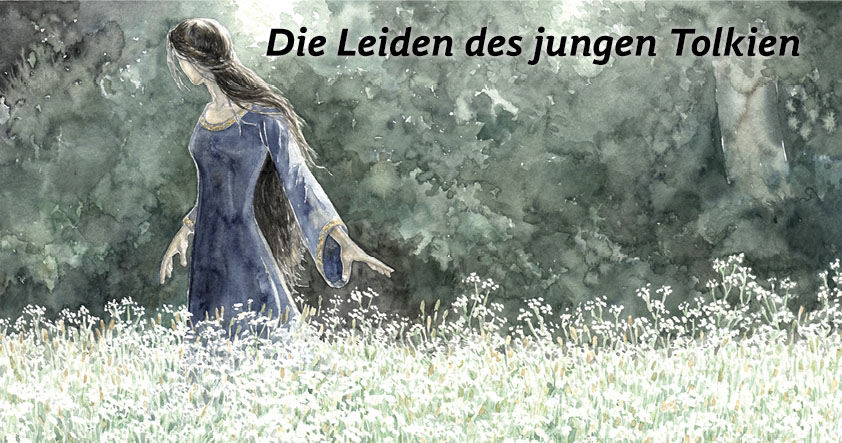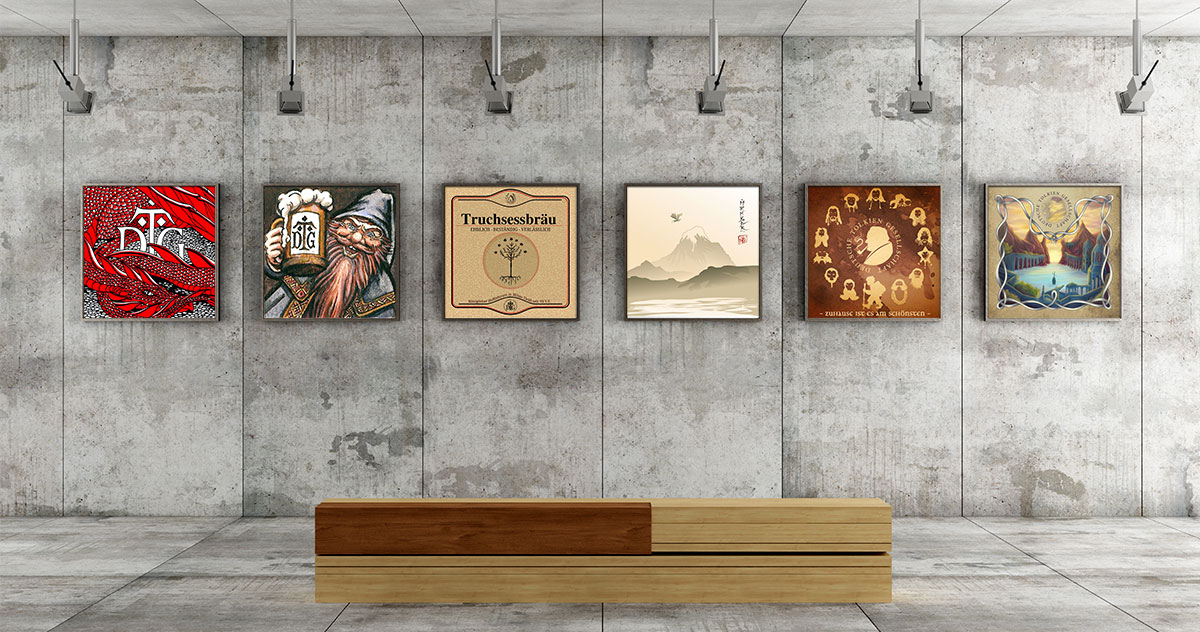English version below
Vom 23.-25. April 2010 fand an der Friedrich-Schiller-Universität in Jena das 7. Tolkien Seminar der DTG statt. Das verflixte siebte Jahr holte uns auch tatsächlich mit dem Ausfall einiger Vortragenden ein, die wegen des Vulkanausbruchs in Island nicht mit dem Flieger anreisen konnten. Doch jedes Problem bietet auch eine Chance: Die Zuhörer mussten sich am Samstagvormittag somit nicht entscheiden, welche der beiden Vortragsschienen sie verfolgen wollten. Es blieb eine prall gefüllte übrig.
Die Vielfalt der Vorträge sieht man nicht zuletzt an der Liste der Personen, die im Zusammenhang von Tolkien und der Romantik diskutiert wurden: Theodor Adorno, Edmund Burke, Samuel Taylor Coleridge, Fjodor Dostojewski, Caspar David Friedrichs, Victor Hugo, Immanuel Kant, John Keats, William Morris, John Henry Newman, Novalis, Walter Scott, William Wordsworth – um nur einige zu nennen.
Viele Aspekte in und um Tolkiens Werk wurden somit beleuchtet. Eine der interessantesten Diskussionen tat sich am letzten Tag der Konferenz auf, als zwei sehr unterschiedliche Positionen in direkt aufeinanderfolgenden Vorträgen aufeinandertrafen. In „Romantic or Romanticizising?“ durchleuchtete Prof. Dirk Vanderbeke Tolkiens Werke nach spezifisch romantischen Themen, wie die Beschreibung der Natur, das Hervorheben von Individualität und Einsamkeit, den rebellischen Geist, die Rolle von Liebe und Leidenschaft und die Kritik von Rationalismus und Wissenschaft. Er kam dabei zu dem Schluss, dass es kaum Übereinstimmungen gibt. Im scheinbaren Gegensatz dazu argumentierte Dr. Oliver Bidlo in „Mittelerde als Ausdruck romantischer Kreativität und Sehnsucht“, dass Tolkien aus einer romantischen Sehnsucht heraus, seine Welt geschaffen habe und dementsprechend natürlich eng mit den Romantikern und ihren Themen verbunden sei.
Obwohl sich beide Positionen auszuschließen scheinen, muss man natürlich festhalten, dass Prof. Vanderbeke in seiner Analyse vollkommen textimmanent arbeitete, während Dr. Bidlo versuchte eine Geisteshaltung Tolkiens zu konstatieren, bei der die Analyse natürlich weit über den Text hinausgeht. Somit stehen diese Vorträge exemplarisch für alle anderen, die dem Zuhörer die Vielfalt der Welt Tolkiens und deren unterschiedliche Deutungsmöglichkeiten näher gebracht haben.
Weitere Details und Eindrücke von der Veranstaltungen finden sich auf der Seminar-Website.
DTG’s 7th Tolkien Seminar took place from 23-25 April 2010 at the Friedrich-Schiller-University, Jena. With the eruption of the volcano in Iceland, we witnessed a seven-year glitch as some of our international guests could not fly in for their presentations. But every threat leaves room for opportunities: The audience thus did not have to decide which panel they wanted to follow on Saturday morning. One was left with ample content.
The diversity of presentations can be demonstrated by mentioning some of the people that were linked with Tolkien and Romanticism in the discussions: Theodor Adorno, Edmund Burke, Samuel Taylor Coleridge, Fyodor Dostoevsky, Caspar David Friedrichs, Victor Hugo, Immanuel Kant, John Keats, William Morris, John Henry Newman, Novalis, Walter Scott, William Wordsworth – just to name a few.
Many aspects in and around Tolkien’s works were scrutinized. A very interesting discussion started on the last day of the conference when two very divergent positions clashed in consecutive talks. In “Romantic or Romanticizing?”, Prof. Dirk Vanderbeke scanned Tolkien’s works for typically romantic themes such as the description of nature, the celebration of individuality and solitude, the rebellious spirit, the role of love and passion, and the critique of rationality and science. He came to the conclusion that hardly any similarities can be found. In apparent antithesis, Dr. Oliver Bidlo, in his talk on “Middle-earth as an Expression of Romantic Creativity and Yearning”, argued that Tolkien created his world out of a romantic yearning and thus of course incorporates typically Romantic themes.
Though both positions seem diagonally opposed to one another, one has to state that while Prof. Vanderbeke analysed the text and its inherent qualities, Dr. Bidlo was trying to weave extra-textual arguments into his work in order to approach Tolkien’s mind-set. Thus these two presentations are prime examples for all those that brought to life to the audience the diversity of Tolkien’s world and the scope for interpretation from a multitude of different angles.
For further details and impressions on the presentations visit the Seminar’s Webpage.

